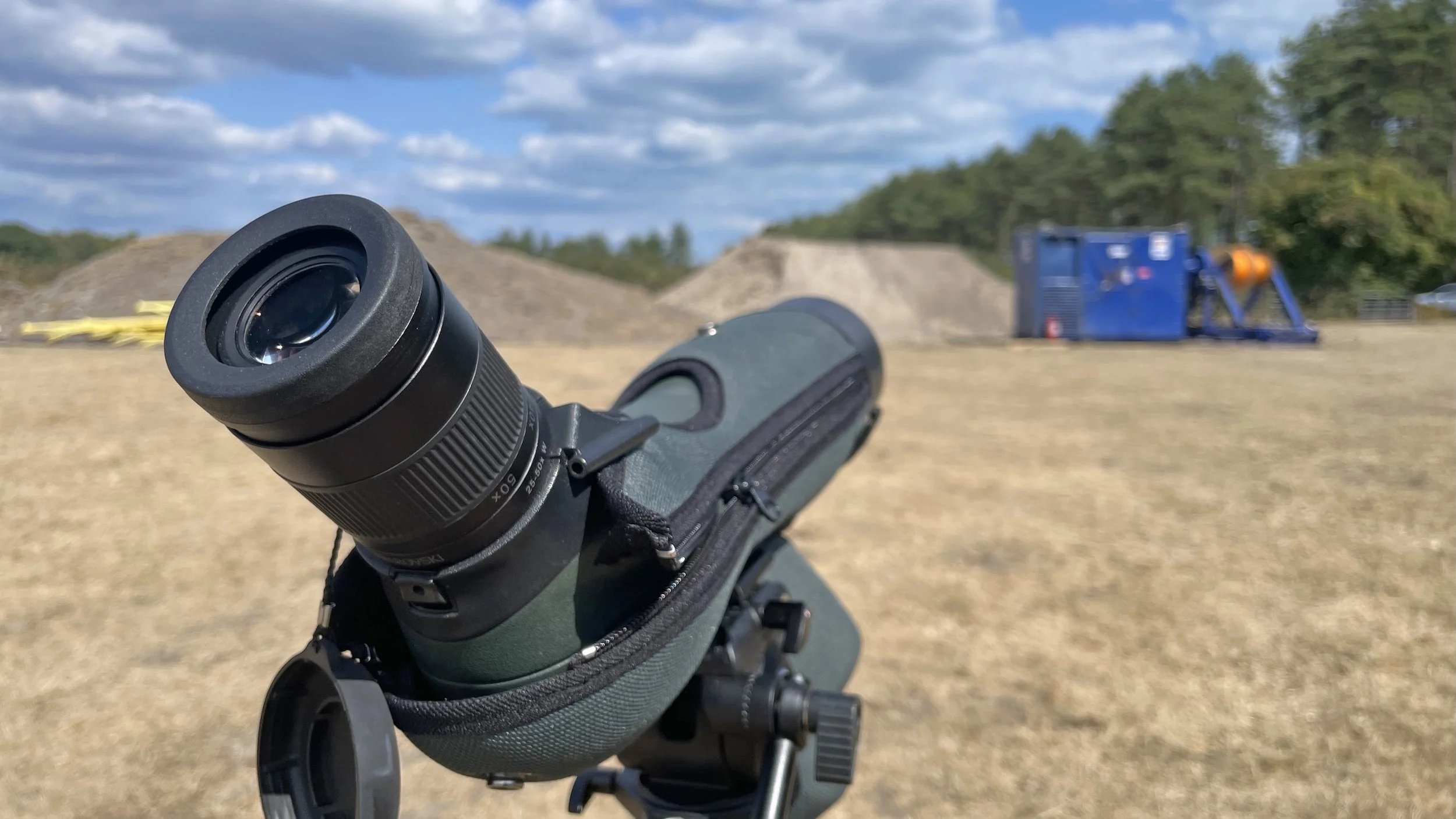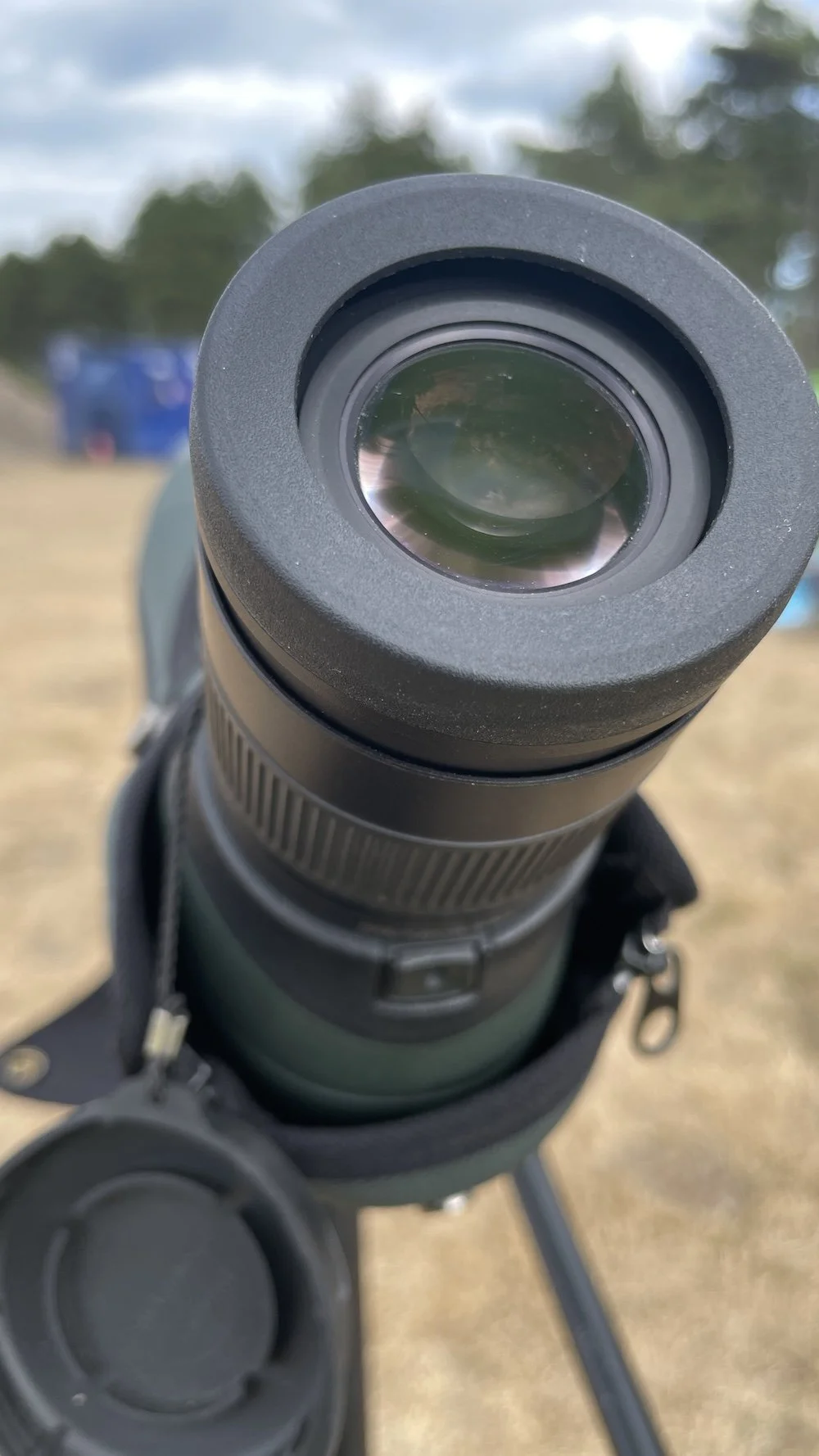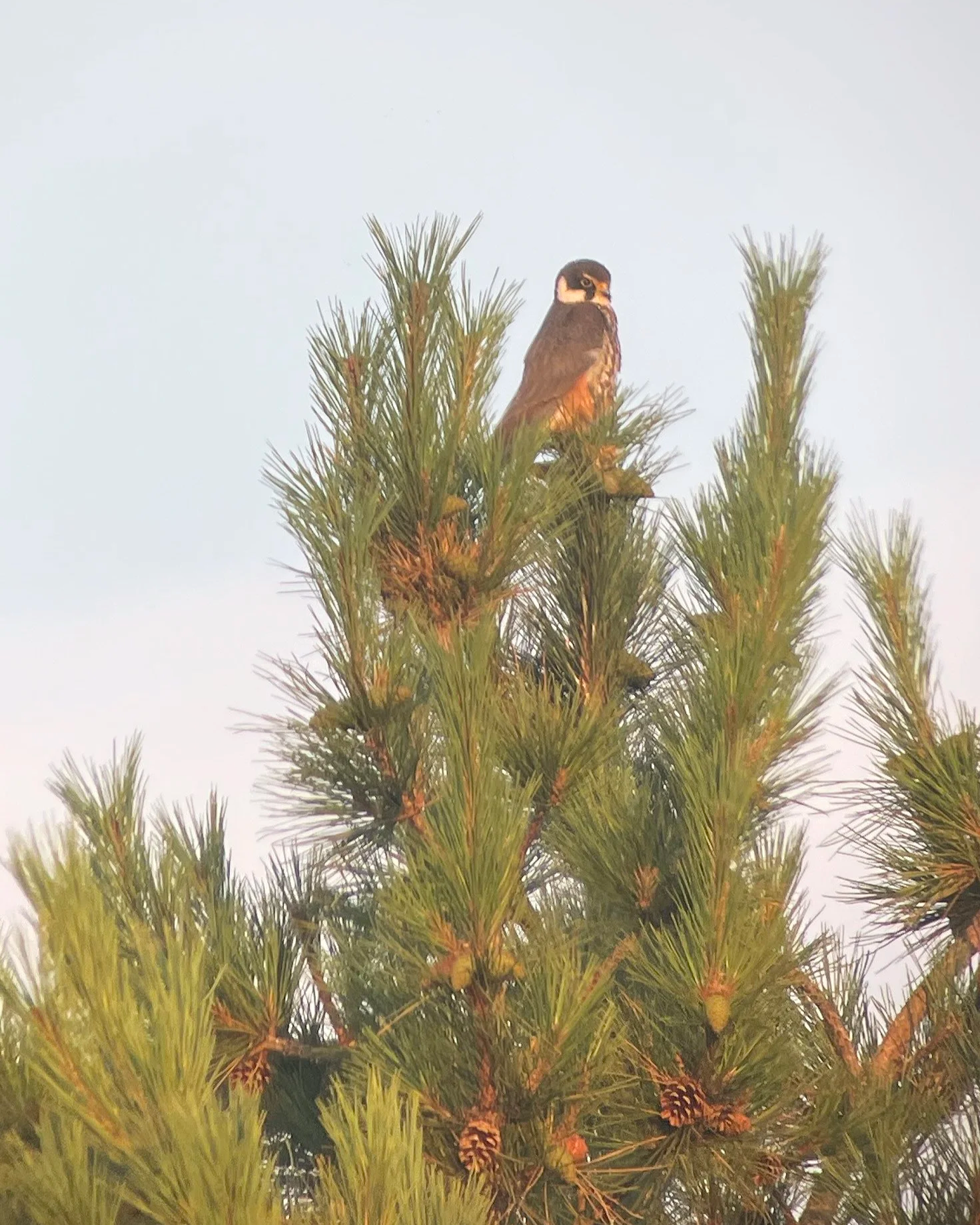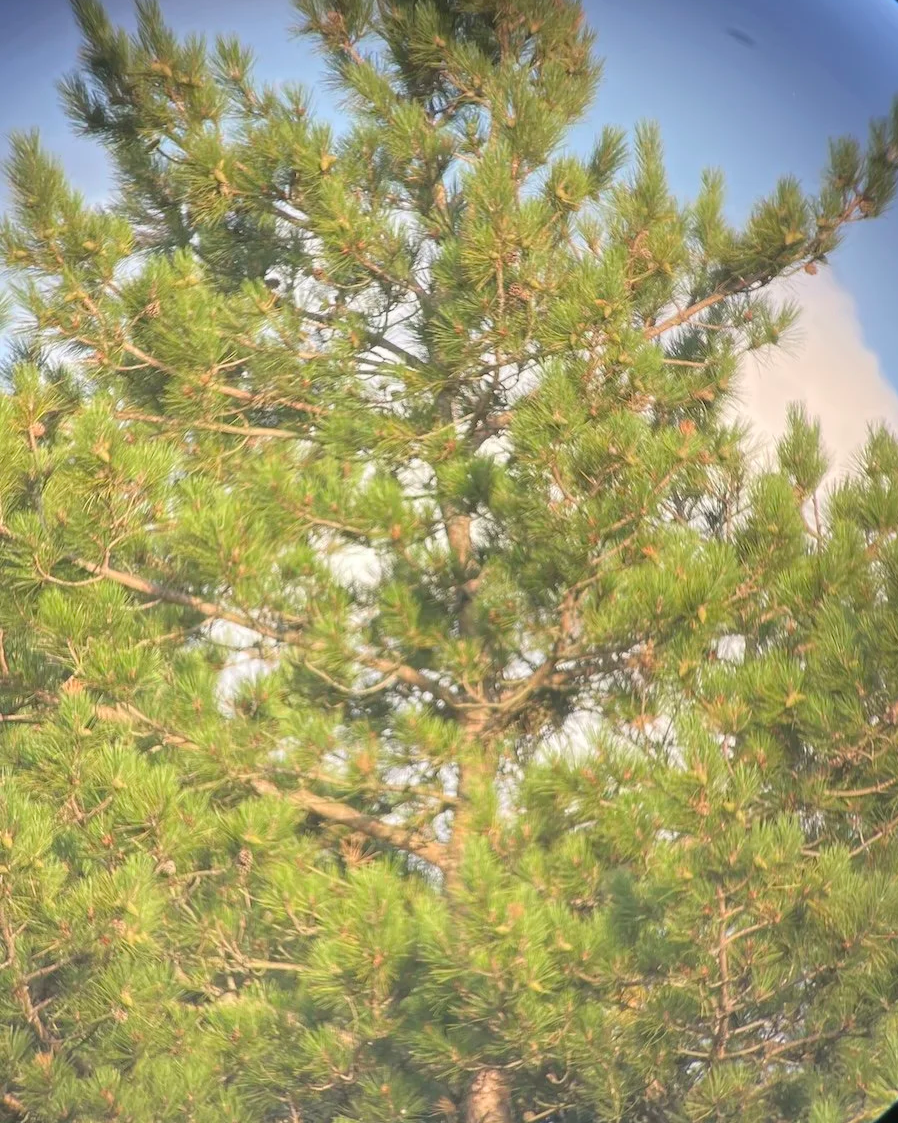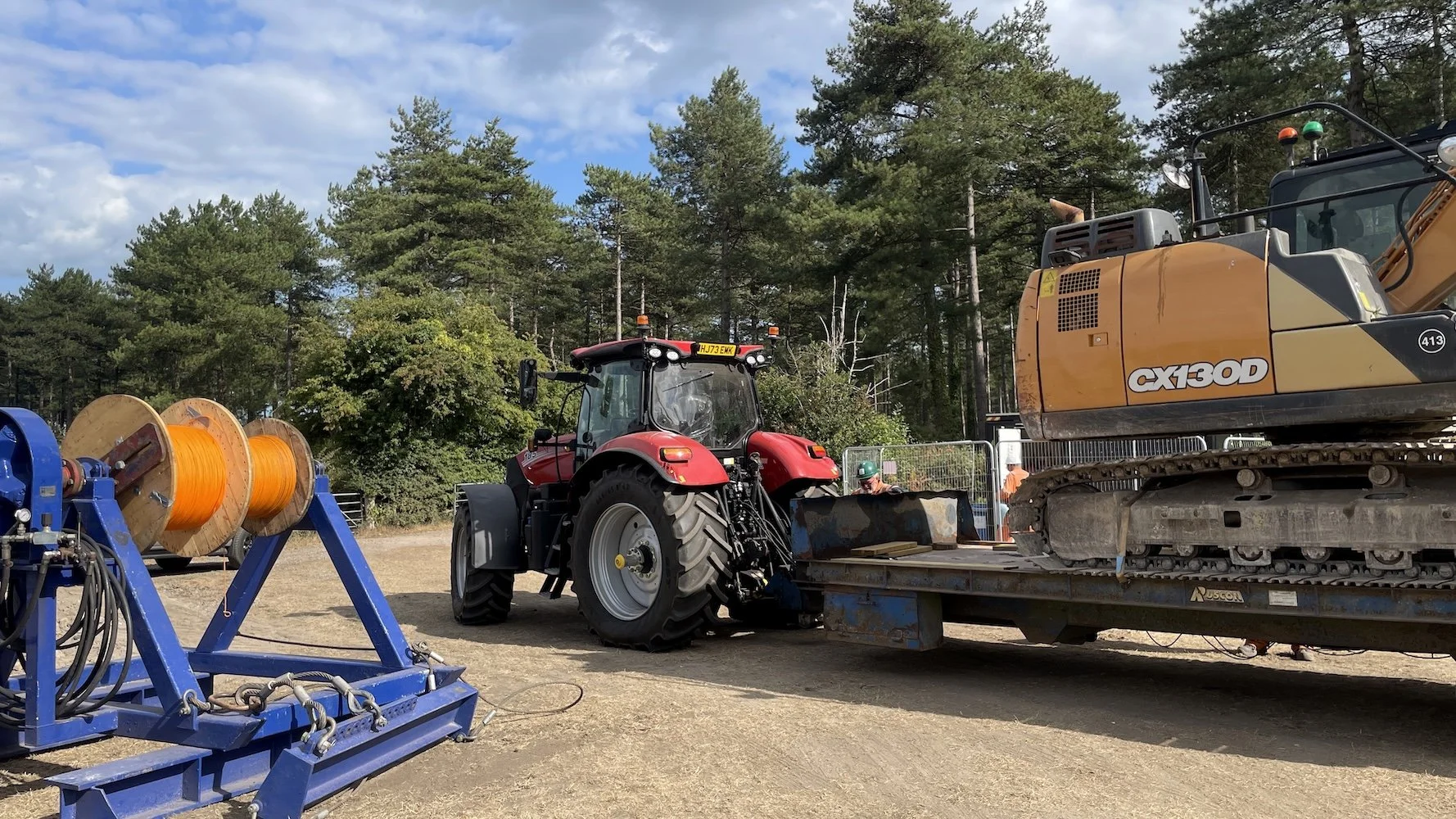Specialist consultancy for construction
Working as a specialist environmental consultant for construction involves key skills, experience of the species involved, diplomacy and excellent comms. See how detailed observations are vital to ensuring both industry and nature can co-exist alongside each other.
Observations on a construction site
Environmental consultancy is all about mitigation, finding solutions and resolving conflict to avoid potential disturbance to the wildlife. Working in my capacity as an environmental consultant is a big contrast to my other roles as a tree safety expert and rope access technician, working at height on Schedule 1 species such as on the great spire of Glasgow University and climbing big trees for tv and filming. Very much a ground-based consultancy, this requires high concentration and fieldcraft skills to understand the behaviours of the wildlife involved.
“Tim’s approach was brilliant. With his supervision and guidance, we were able to complete the work knowing we were not negatively impacting the nesting Hobby”
So it was that the phone rang early one afternoon I was in the office. The caller talked of an issue with rare nesting falcons near a construction site and could I please come help? This required immediate attention so with all my kit plus my trusty Hi-Vis jacket, I headed out into the traffic and across the country to a special bit of the forest.
Arriving on site
Tools of the trade
Urgent environmental cases can arise since assessments are normally undertaken many months of works starting. Although the work may be years in the planning, environmental assessments can miss vital clues since things change in the intervening time - birds can move in within the season or switch to a different patch of woods.
Late nesting species are particularly hard to pick up and, add to this that some raptor species are both very secretive and scarce, you can see how easily they might slip under the radar. When any permitted works commence, a good company will reach out to resolve the potential conflict. Failure to do this could lead to the birds abandoning their nest and young and this is illegal in the UK - it is against the law to intentionally or recklessly disturb nesting species under the Wildlife and Countryside Act with rarer species like falcons are given even further protection under Schedule 1. As a specialist raptor worker I knew the species involved intimately. The bird here was the Eurasian Hobby, a small migrant falcon that returns to the UK each summer to breed. Renowned for their incredible aerial hunting skills they are an amazing bird and you can read a lot more about them here.
As it turned out I knew this actual nesting pair of falcons. As part of ongoing raptor monitoring with the Dorset Raptor Study Group, we’d only discovered them only a few days before. This was quite late in the season even by Hobby standards and nearing the end of July, these Hobbies already had well grown young in the nest.
Adult female Hobby watching her nest
Hobby nest (centre right) in a large pine tree
Working under special licence, we’d monitored their nesting behaviours and had identified the nest tree however, we were totally unaware of any impending works in the area. Now with my Hi-Vis on, I arrived on site knowing exactly where the birds were breeding. I was introduced to the team and given a summary of what had happened. The issue had arisen where a mobile and short-term construction project lasting only a few days came into conflict with an active Hobby nest. Although workers had observed falcons flying about, the nest was unknown to them. They were exemplary though as, once informed by a neighbouring landowner, I received the call to assist within the hour.
On my arrival I called a temporary halt on all work to allow an initial appraisal of the situation. From the start, the company went out of their way to ensure excellent communication making comms both smooth and pleasant. This was a welcome relief as construction work is a very costly business and hold ups can cost hundreds of thousands of pounds. So my call - to allow work to proceed or to put a total stop to the whole proceedings - could therefore have a big impact.
Heavy plant leaves the site
Everyone waited patiently whilst I scanned the horizon, scouring through my binoculars all the possible perching places. The Hobby nest was in an old crow’s stick nest high in a pine tree (see image above) and some distance from the work site although rather closer than the normal accepted boundary zone. Moving about a bit revealed one place where, through the telescope, I could see right into the nest. I grew concerned as without any current information, all I could see was that both adults appeared absent. Sure, I could see some white fluff in the nest there it wasn’t moving, so were the chicks ok? We really needed something to happen, and that something was a food pass. This is when the male flies in with food and she dashes over to grab it off him, often in mid-air, and takes the food back to feed the chicks.
Female Hobby on her favourite sentry post
Female (partially hidden) in act of leaving the nest
Listening for calls I was alert to clues that could indicate where they were, like alarm calls from a crow or a small flock of swallows, or the female herself shouting at the male to hurry up and bring more food. If all was well then the adults should be nearby to guard the chicks however, if the nest had been abandoned due to disturbance, the adults might have vanished.
And there she was, appearing from nowhere, flying in to the nest with food. Like a little jack-in-a-box, up popped the chicks to be fed: all were acting totally normally and at ease. What a relief to see and everything was fine. The chicks had simply been hunkered down, they do a lot of snoozing in between food coming in, which is good since sometimes it can be 4-6 hours between meals!
After five minutes or so she left the nest. Look at the photo above which was taken at the moment she flew out of the nest. It is a bit blurry and was digiscoped using my phone but if you look carefully you can spot her feet! Also visible is one of the chicks, looking all fluffy and pale grey with the beginnings of some facial feathering. The female flew to what turned out to be her favourite sentry spot, the tip of a tall pine, 45m deeper into the wood. From this lookout she had a 360 degree view of the valley.
There was a big sigh of relief as I announced that all appeared ok. Work could then begin to proceed and we made a plan that saw workers and vehicles depart the site leaving a much reduced crew and suitable ambient noise level.
Health and Safety on site
Heavy plant on site
Over the next 8 hours of daylight I observed the birds bringing in food and feeding those chicks. Every hour two the male would fly in, loudly announcing his presence and calling to the female to collect the prey. She’d fly into the nest with much excitement from the chicks. He would fly out to the edge of the wood to sit and rest up, and also keep an eye on the area whilst the female was engaged.
Soon as she’d finished stuffing the chicks with food she’d return to her perch. Sometimes she was there for hours. When the male took too long she’d protest loudly. And every so often she’d be suddenly gone, and at first I wasn’t sure where she’d gone. I soon learned that she was off hawking dragonflies herself, and then she’d return direct to the nest where I could see one of the young hobbies swallow the large insect whole.
There were several times when all seemed at peace. And then the male fly out of the corner of the wood in attack mode, launching himself straight out of the trees at an intruder. Whether or not they had any intentions on the chicks, or were in fact anywhere near the nest tree at all, the male wasn’t taking any chances. So with all sirens blaring, he’d fly at the potential predator to see them off. This was usually a crow or a buzzard and once a passing male peregrine was the target. But twice I watched the tiny 180g falcon stooping repeatedly at a giant white tailed eagle(around 6kg) - now that really was quite a sight! And in every case the intruder always beat a hasty retreat, no matter their size.
Dawn in the forest
I was back the following morning before dawn in the deliciously cool morning air. This would be a 12 hour, dawn-to-dusk session to allow me to observe the birds behaving with no activity, work as agreed and then no activity again, for a final appraisal. Following two fast food passes, a stint of cooperative hunting and other interesting behaviours, the first workers turned up at 08:30am to start work.
Work proceeded steadily throughout the day which was hot and stormy. There were periods of human activity and vehicles moving then pauses in the work. Adding to my activity log every few minutes I could see throughout that the birds continued being entirely unfazed. Of course it may be just that we were lucky here with two, very relaxed, adults. Like people, birds are individuals too, with some adults particularly retiring whilst others can be super aggressive defending their nest. Whatever the case, everything turned out fine.
The best bit was for me was chatting to all the crew about nature. I was delighted to find the workers properly interested in the local wildlife and they even put me onto some of the observations, so a case of real teamwork. Coming over for a look, they were delighted to get a chance to watch the female fly in and out of the nest and to see the fluffy chicks bobbing about in the nest. At 5pm everyone went home and finally all was still again. I watched the woods for a few more hours until it began to get dark and headed home for my dinner and to file my report.
Worker observing the birds of prey
I returned a week later to check all was well. Searching the tree tops I spotted the female on her sentry post, and yet the nest seemed rather empty. I looked again and saw a young Hobby along the branch to the left of the nest. A second juvenile sat on adjacent tree and, as I watched, it flew off calling along the wood edge. And the last I saw was three Hobbies dashing through the trees, calling loudly for the food the leading bird had brought in. Smiling, I headed back to the van, happily in the knowledge that, with a bit of help, these Hobbies were a real success story.
Hobby juvenile near its nest
Dragonflies are one of their favourite foods

